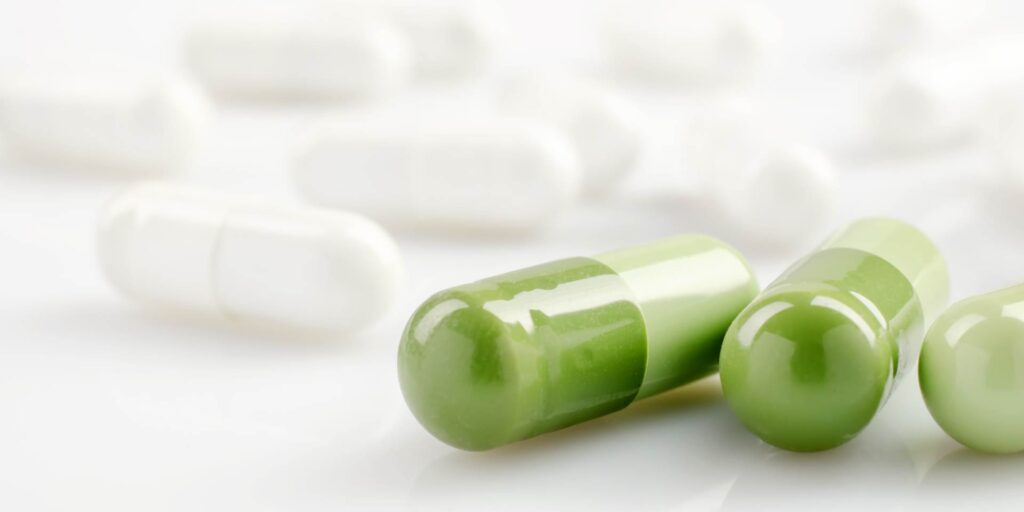What is already known on this topic
Antibiotics have saved countless lives, but their overuse fuels the evolution of antibiotic resistance, which happens when bacteria mutate and become resistant to the drugs used to treat the infection they caused. But while several studies have analyzed the effects of antibiotics on the gut microbiota, little is known about their effects on skin microbes.
What this research adds
To monitor the emergence of antibiotic resistance, researchers analyzed the skin microbiota of volunteers who had taken systemic antibiotics. They found evidence of antibiotic-resistant staphylococci in all participants who received two specific antibiotic regimens. The researchers also observed an increase of bacterial genes involved in gene mobilization, which indicate stress responses of microbes to antibiotics.
Conclusions
The findings suggest that antibiotics can have long-lasting effects on the skin microbiota, leading to the development and persistence of antibiotic resistance.
Antibiotics have saved countless lives, but their overuse fuels the evolution of antibiotic resistance, which happens when bacteria mutate and become resistant to the drugs used to treat the infection they caused. Now, researchers have found that antibiotic use is associated with the emergence and expansion of antibiotic-resistant bacteria on people’s skin.
The findings, published in Science Translational Medicine, suggest that antibiotics can have long-lasting effects on the skin microbiota, leading to the development and persistence of antibiotic resistance.
In the United States alone, more than 250 million oral antibiotics are prescribed every year to treat infections. However, antibiotics overuse continues to be a concern, with up to 50% of antibiotic prescriptions in the US being unnecessary, according to the Centers for Disease Control and Prevention.
Several studies have analyzed the effects of antibiotics on the gut microbiota, but little is known about their effects on skin microbes. Heidi Kong at the National Institutes of Health and her colleagues tested the effects of different oral antibiotics on the human microbiota of healthy people.
Resistance emergence
The researchers recruited healthy participants who received one of four different antibiotic regimens: doxycycline 20 mg or 100 mg (Doxy100) twice per day for 56 days, cephalexin 500 mg three times per day for 14 days, and trimethoprim/sulfamethoxazole (TMP/SMX) 160/800 mg twice per day for 14 days. The team sampled the participants’ gut, oral and skin microbiotas before, during, and up to one year after antibiotic use.
The microbiotas of people who received Doxy100 and TMP/SMX were different from baseline after antibiotic treatment. And while the skin microbes of people on TMP/SMX returned to the baseline state after 42 days, the microbiota alterations observed in people on Doxy100 persisted beyond 200 days, the researchers found.
“Together, the results demonstrated substantial alteration and resilience of skin microbiomes after systemic antibiotics, with varying magnitudes dependent on subjects and regimens,” the authors say.
Persisting changes
Next, the team focused on investigating antibiotic resistance in skin microbes after antibiotic treatment. In all people on Doxy100 and half of those on Doxy20, the researchers found evidence of the emergence of doxycycline-resistant bacteria on the skin. Resistant species were mostly staphylococci, including S. epidermidis.
After antibiotic use, staphylococci and other bacteria resistant to TMP grew from all participants who received TMP/SMX, the researchers found. They also observed an increase of bacterial genes involved in gene mobilization, which indicate stress responses of microbes to antibiotics.
The findings indicate that antibiotics can alter the skin microbiota and lead to the emergence of antibiotic resistance, with some changes persisting for almost one year after the end of treatment, the researchers say. “Our findings demonstrate that the skin, continually shedding microbiota into the environment, is an important niche for selection and persistence of antimicrobial resistant organisms and an understudied reservoir for spread of antimicrobial resistance,” they add.










